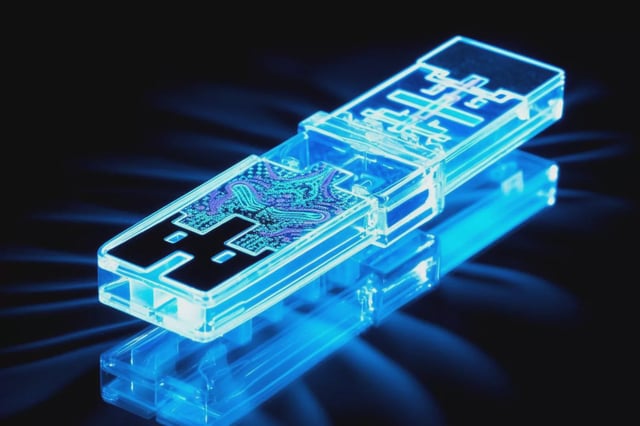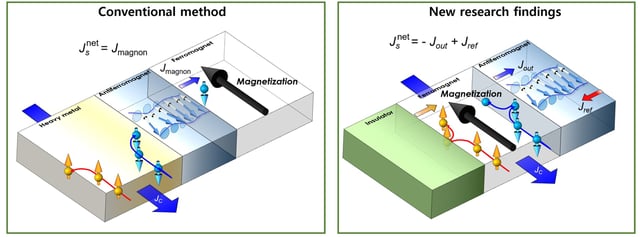Overview
- KIST, DGIST, and Yonsei researchers report a device principle that uses magnonic spin dissipation as an active driver of magnetization control.
- The team observes spontaneous reversal of magnetization in ferromagnets without external stimuli, enabled by dissipating spin as magnons.
- Experiments show that greater spin loss lowers the switching power requirement, delivering up to about threefold energy-efficiency gains versus conventional methods.
- The approach requires no exotic materials and employs a straightforward structure described as compatible with standard semiconductor processes.
- Potential applications include AI semiconductors, ultra-low-power memory, neuromorphic computing, and edge devices, though commercial deployment still needs further engineering and validation.



